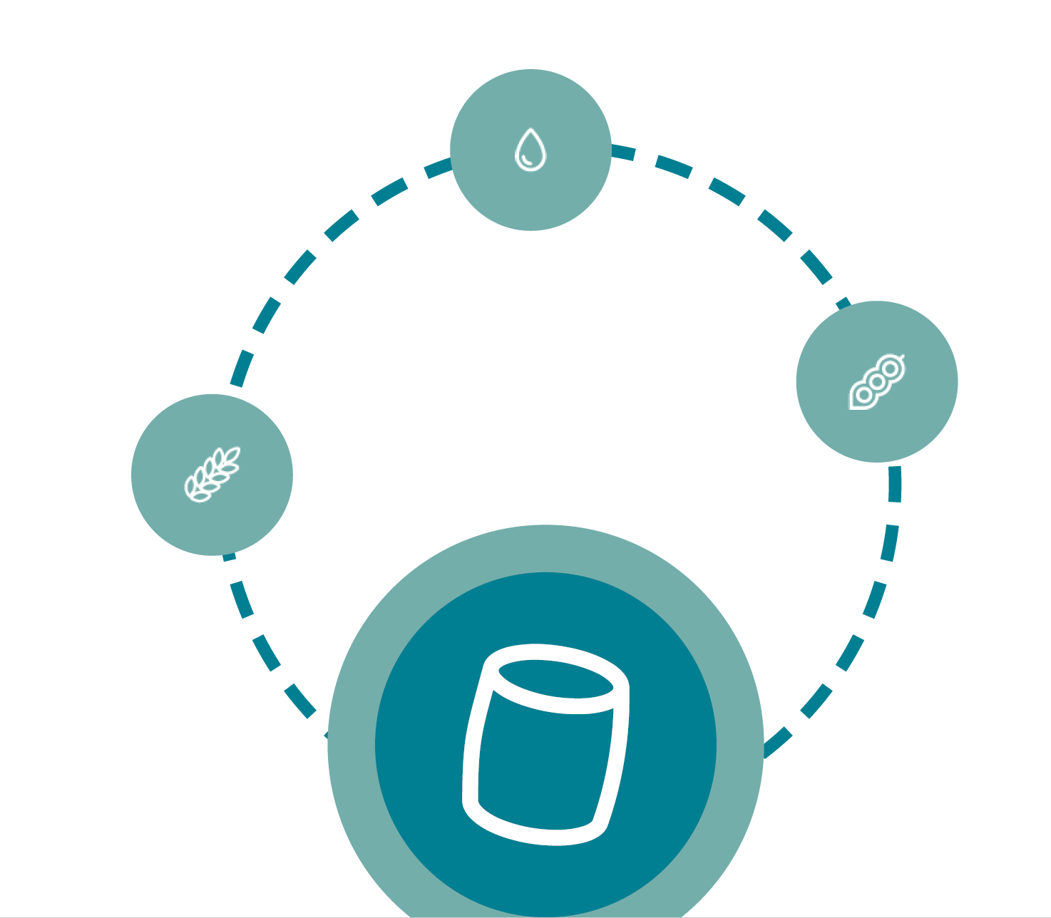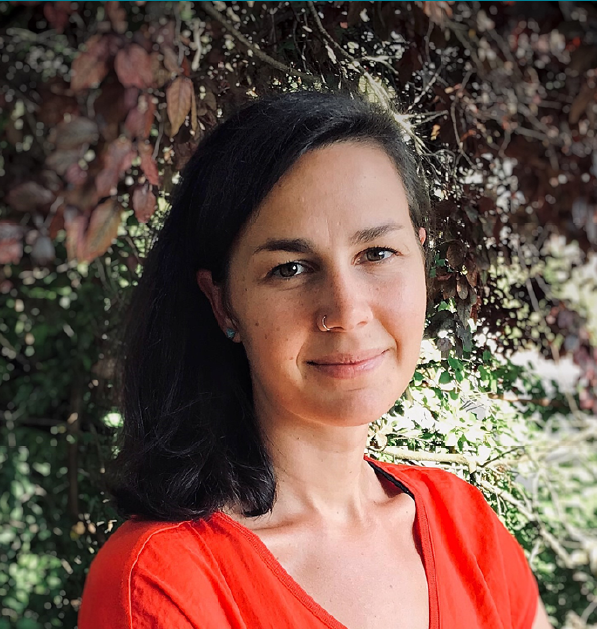Transparency & trust
In last year’s report we explained the process that led us to define Transparency and Trust as a new pillar for Skretting. We have seen how the market is increasingly demanding more transparency with the aim of identifying and preventing environmental, social and governance risks connected to our operations.
The complexity of our value chain brings several challenges and opportunities that we need to address at different levels. To shed more light on our approach, in this chapter we reflect on Traceability; Identifying and Mitigating Environmental, Social and Governance Risks; and Transparency measured by The Seafood Stewardship Index.

Traceability
Aquaculture feeds contain many different ingredients. Some are sourced locally, and others travel thousands of kilometres to reach our factories, changing hands multiple times during this journey. Even though it is important that we can source the best ingredients from all over the world, this does come with challenges that we, as an industry, must face over the coming years.
The inherently long and complicated commodity supply chains do not always allow accurate traceability to the region of primary production (RoPP), which is the region where an ingredient is harvested. This complicates sustainability risk assessments as sustainability risks often originate from far back in the supply chain and are mostly related to the RoPP. For example, many LCA parameters can differ significantly between regions and social sustainability issues are more prevalent in one region compared to another. It is therefore extremely important to increase traceability on the origins of our ingredients. The new ASC Feed Standard brings the opportunity to step up on this challenge by asking us, for instance, to trace all vegetable ingredients back to the RoPP by 2025. It is not an easy task, but we are fully committed to work with our suppliers and the rest of the industry to reach this target.
Through our soy and oil palm sourcing policy, we are heavily invested in getting accurate RoPP data for these two ingredients with a high risk of deforestation. Soy and oil palm ingredients are often traded in bulk and can be mixed by several parties along the supply chain. Tracing is often possible with mass balance calculations where a supplier provides origin data valid for large volumes sold over a large period. It is often impossible to say exactly where the soy and oil palm ingredients that is received at a feed factory is cultivated, unless segregated supply chains are set in place.
Fortunately, there are initiatives in play to improve traceability of ingredients. A good example is our soy protein concentrate suppliers, who provide the salmon feed business with certified deforestation-free material through segregated supply chains. This grants very accurate traceability on the origins of the soy used in our soy protein concentrate. We celebrate these initiatives and are actively looking for parties to cooperate with to increase ingredient traceability.
During 2022 we will work to update the sustainability assessments for the ingredients that we use in our feeds.
The developments in the market have also helped us to widen our perspective and put more focus on what is relevant for customers and consumers, beyond the quality of the raw materials that we use in our feeds. The agenda of the environmental and social areas keeps evolving, which has led us to adapt and to work with our suppliers to bring them into this journey.
During 2022 we will work to update the sustainability assessments for the ingredients that we use in our feeds, in line with the developments of the market and the needs of our customers. At the same time, we will work to strengthen the sustainability checklist implemented during our supplier audits, but also to implement specific audits based on sustainability criteria rather than only on quality, which will help us to put more focus into regions, ingredients and suppliers that have a higher sustainability risk.

Next
Seafood Stewardship Index (SSI)
The SSI, published by the World Benchmark Alliance, ranks the sustainability efforts of the 30 most influential seafood companies globally. Skretting moved from the 7th place in 2019 to the 5th in 2021, which positioned us as the highest ranked feed supplier.
